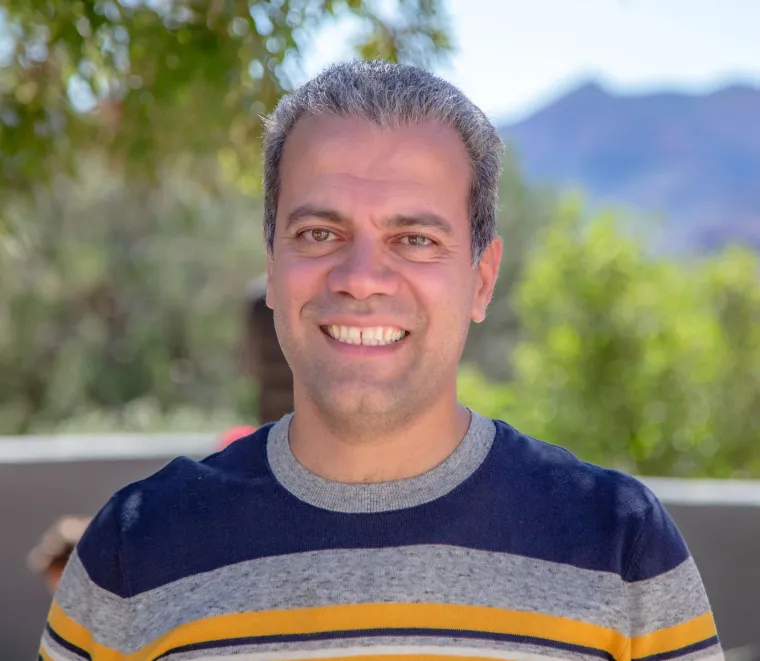Alireza Pourjavid, AuD, CCC-A

Documents
Alireza Pourjavid, AuD, CCC-A, graduated with his clinical doctoral degree in Audiology at the University of Arizona in 2022. He received his B.S. and M.S. in Audiology in Iran from Iran University of Medical Sciences and Tehran University of Medical Sciences, respectively. Prior to moving to the United States, he worked as a clinical audiologist, hearing aid dispenser, researcher, and university lecturer for over 11 years. His main areas of research interest include auditory neuroplasticity resulting from audiologic rehabilitation and auditory prostheses, auditory evoked potentials, and auditory processing disorders.
Dr. Pourjavid is currently working in Audiologic Rehabilitation lab under the supervision of Dr. Nicole Marrone, and has been involved in several research projects, including developing protocols for hearing health and healthcare tailored for Hispanic/Latino adults, and teleaudiology and community health workers as a culturally-relevant approach to address hearing health disparities. Additionally, he has contributed to various research projects in Arizona Human Electrophysiology and Auditory Development (AHEAD) lab under the supervision of Dr. Barbara Cone, concentrating on investigating the brainstem and cortical mechanisms related to binaural processing, particularly phenomena known as binaural masking level differences and spatial release from masking to create more sensitive and specific tools for evaluating individual’s listening difficulties, facilitating more targeted treatment approaches.
During his audiology doctoral project, Dr. Pourjavid investigated how the auditory cortex responds to rapidly changing stimuli with the goal of developing a method for assessing speech sound discrimination abilities applicable to infants, older children, or adults who have difficulty providing accurate responses during perceptual tests. Currently, his research is centered on evaluating the effectiveness of individually tailored auditory training and its impact on patients’ perceptual efforts.
Licensure & Certification
- Certificate of Clinical Competence, American Speech-Language-Hearing Association

